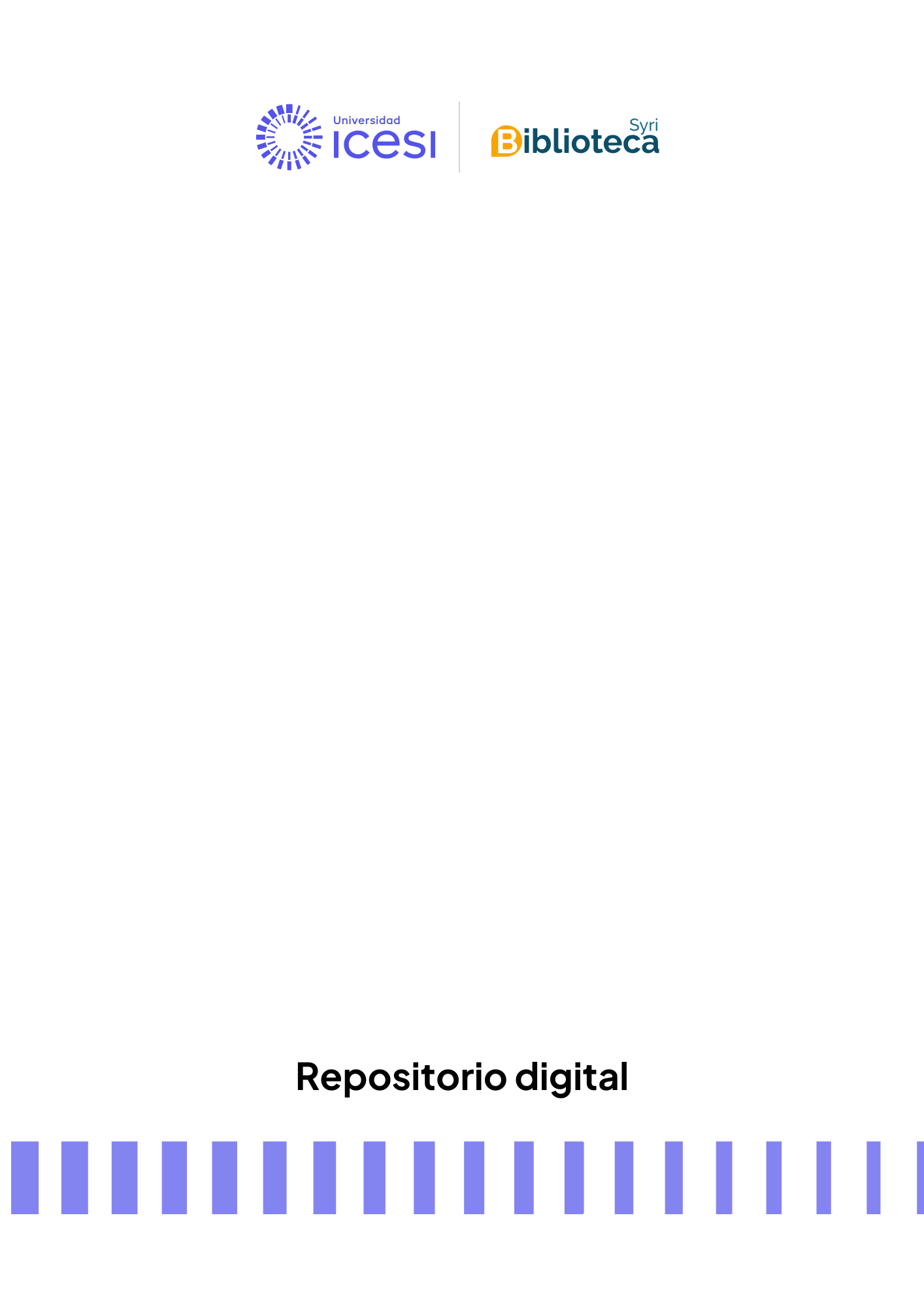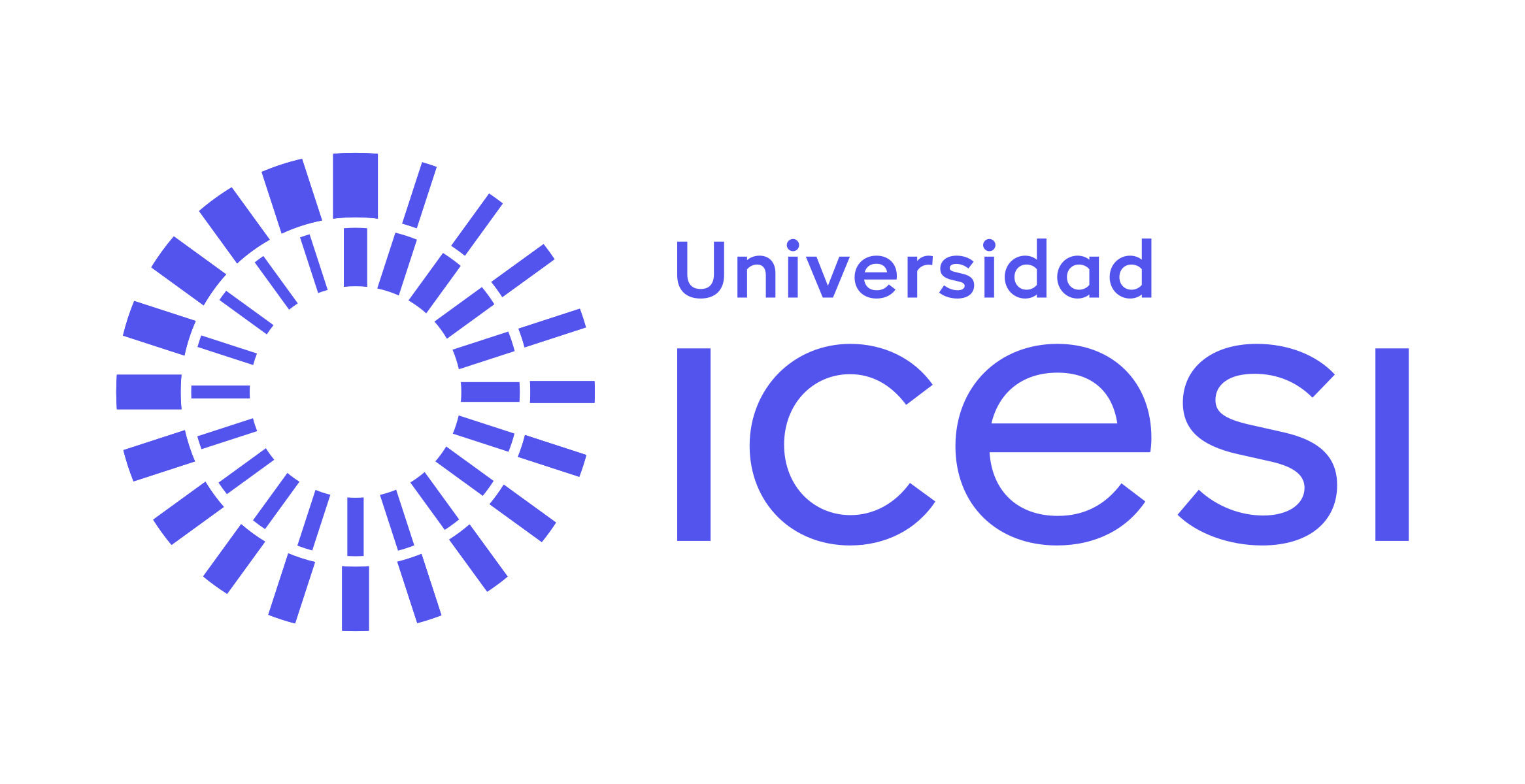Availability of TV White Spaces Using Spectrum Occupancy Information and Coverage Maps

Archivos
Fecha
Autores
Director de tesis/Asesor
Título de la revista
ISSN de la revista
Título del volumen
Publicador
Editor
Compartir
Resumen
Abstract
Radio Spectrum is the natural resource that allows the operation of radio services, such as Television, Mobile Telephony, and applications for Intelligent Transportation Services, Internet of Things, among others. The current allocation system is inefficient because assigned spectrum is not fully utilized by operators and cannot be accessed by any other user, despite its availability. Secondary spectrum usage is proposed as an alternative to optimize its use, allowing that a secondary user can access certain portion of spectrum allocated to primary service. In particular of TV service, this portion is known as TV White Space, TVWS. The most common models to identify available spectrum in TV service are based on frequency allocation and network planning information provided by TV operators, which are not enough to make an accurate estimation. A spectrum detection model built with traditional models and analysis of coverage maps obtained by simulations is presented, and applied in Cali Colombia to establish how many TVWS are available, taking into account the effect that terrain has on the propagation of the service. The amount of TVWS detected increases using our model compared to TVWS identified only with traditional models. © 2016 IEEE.

